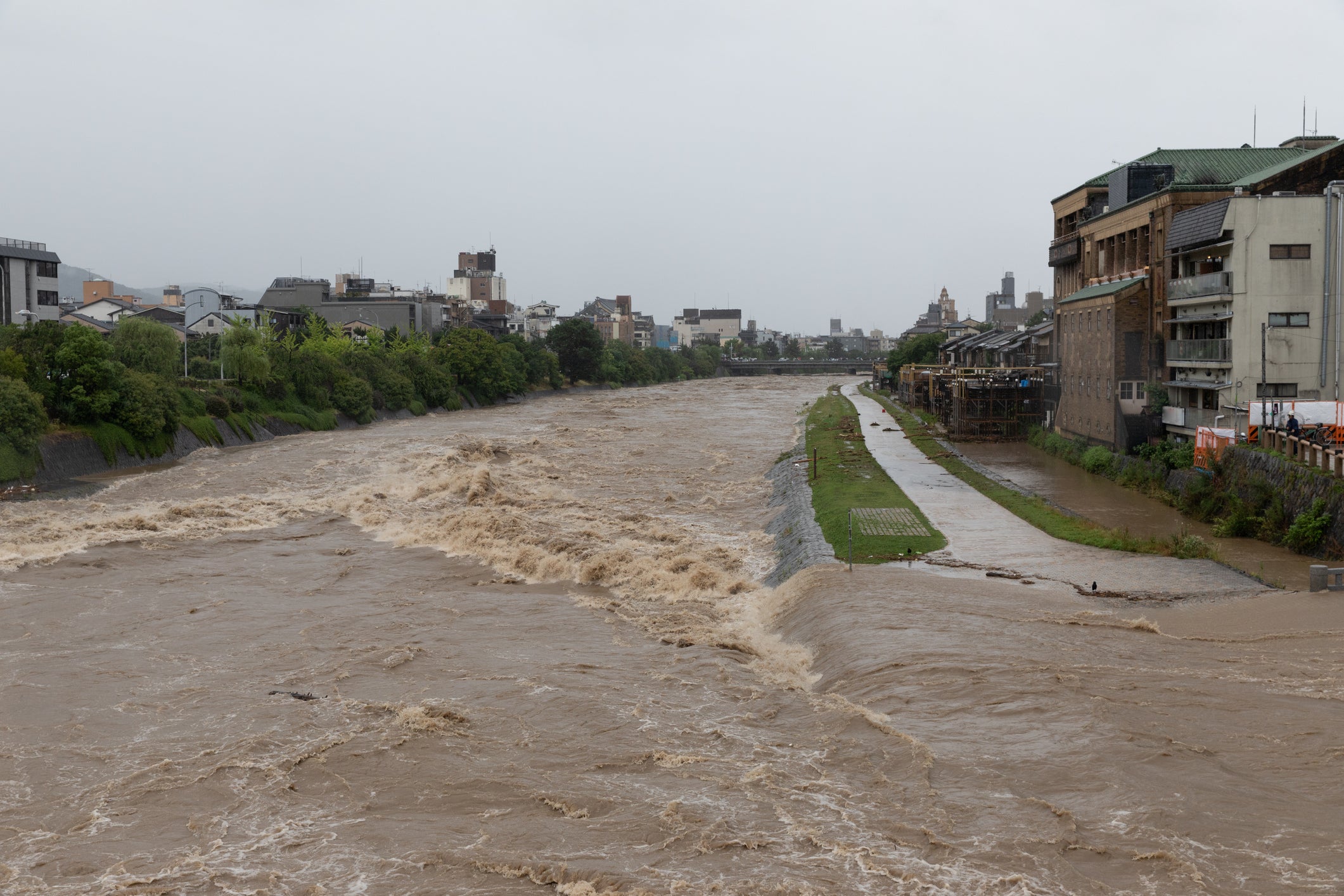How to escape from a building during an earthquake
table of contents
Introduction1. Act calmly
summary
Introduction
Earthquakes occur suddenly and can cause significant damage to buildings. In such cases, it is important to safely escape from the building. But how to escape? In this article, we will introduce how to escape from buildings in the event of an earthquake, based on advice from the Fire and Disaster Management Agency and experts. In preparation for earthquakes, acquire the correct knowledge and actions on a daily basis.
1. Act calmly
1-1 Avoid panic
The moment an earthquake occurs, you may feel surprised or scared, but you need to remain calm. Don't fall into a state of excessive panic and try to make calm decisions.
1-2 Check the surrounding situation
When the shaking starts, first check your surroundings. Be aware of yourself, the people around you, and the condition of the building.
1-3 Move to a safe place
Once the shaking begins, move to a safe location as soon as possible. Protect your head and take shelter under a door frame or sturdy furniture.
1-4 Prioritize self-protection
Protecting yourself is your top priority. Protect your head from falling objects and use caution to minimize injury.
1-5 Help those around you
After evacuating to a safe place, check to see if there are people around you who need help. Think of ways to help those in need, such as the injured, the elderly, and children.
1-6 Contact emergency contacts
After the shaking has subsided, it is important to check the situation and, if necessary, notify your family and friends of your safety. Reach out using your cell phone or emergency contact.
1-7 Collect information
Gather earthquake information and evacuation information through information sources such as radio, television, and the Internet. It is important to check instructions and information from local governments and take appropriate actions.
1-8 Follow evacuation instructions
Please follow evacuation instructions from local governments and related organizations. You can ensure your safety by moving to the appropriate location and taking evacuation actions.
1-9 Act at the right time
Aftershocks may occur even after an earthquake, so it is important to act at the right time. Be prepared for aftershocks by staying in a safe position at an evacuation site and taking appropriate actions depending on the situation.
2. Hide under the door frame or desk
2-1 Act quickly
As soon as the shaking starts, be prepared to take cover under something sturdy nearby. It is important to act quickly.
2-2 Search for door frames and desks
Look for sturdy areas such as door frames, desks, tables, and under beds. These are good places to protect yourself from falling objects during an earthquake.
2-3 Choose a hiding position
When choosing a place to hide, choose a position that protects your head and body as much as possible. A space may be created under the door frame to prevent the building from collapsing during an earthquake.
2-4 Protect your head
It is important to protect your head when hiding. Cover your head with your hands, pillow, cushion, or clothing. It can reduce the direct impact from falling objects.
2-5 Protect your body
When hiding, protect not only your head but also your entire body. Hide your whole body in a hidden place to prevent injury from shaking.
2-6 Prevent it from moving
Once hidden, wait as quietly as possible and remain as still as possible. Stay in a stable position until the earthquake stops shaking. Stay away from windows and glass.
2-7 Check after the shaking has finished
After the shaking stops, slowly come out of your hiding place and check your surroundings. If there is damage to the building or danger, proceed with caution and evacuate.
3. Head protection
3-1 Cover your head with both hands
When the earthquake starts shaking, use your hands to protect your head. Place your hands over your head or hold your head with both hands to reduce the direct impact of falling objects.
3-2 Use pillows and cushions
If you have a pillow or cushion next to you, you can place this over your head for added protection. Pillows and cushions provide a light but sturdy barrier that cushions the impact of falling objects.
3-3 Press your head against the wall
If you are near a wall or pillar, you can reduce the direct impact by pressing your head against the wall in the direction the earthquake is shaking. However, it is important to make sure that the wall will not collapse.
3-4 Lie down on the floor
If you do not have a suitable evacuation site and the shaking is strong, you may consider lying down on the floor. You can reduce damage from falling objects by lying on your back and protecting your head with your hands or a pillow.
3-5 Stay away from windows and glass
When considering head protection, be especially careful if you are near windows or glass. To avoid injury from broken glass, try to stay as far away from windows as possible.
4. Cover
4-1 Choose an appropriate cover
Choose covers and fabrics that are as sturdy as possible. Thick cloth, blankets, cushions, etc. are suitable. However, materials that are too thin or transparent should be avoided as they offer less protection.
4-2 Act calmly
If an earthquake occurs, please try to remain calm. Don't panic, don't act in a hurry, start preparing to take cover at the right time.
4-3 Put on the cover
When putting on the cover, choose a position that protects your head and body. The steps are shown below.
4-4 Put the cover over your head
Protect your head and neck by pulling the cover over your head. Hold the cover firmly with both hands to protect your face and head.
4-5 Cover your entire body
If you choose to cover your entire body, make sure to cover your entire body. Lift the cover with both hands and wrap it around your body to protect it from falling objects.
4-6 Wait quietly under the cover
Once the cover is on, wait as still and as still as possible. Staying under cover until the earthquake subsides reduces the impact of falling objects and debris.
4-7 Check when the shaking has finished
Once the earthquake has stopped shaking, slowly remove the cover and check your surroundings. If there is damage to the building or danger, proceed with caution and evacuate.
5. Wait until the shaking stops
5-1 Wait in a hidden place
If you take shelter during an earthquake, such as under sturdy furniture or near a door frame, you will remain hidden. Maintain a steady posture to protect yourself from falling objects and debris.
5-2 Does not move quietly
Once the shaking starts, try to remain as still as possible. Trying to force yourself to stand up or move increases the risk of falling or getting injured, so concentrate on waiting.
5-3 Check the shaking situation
It senses the strength, direction, and duration of shaking. By knowing how long an earthquake will last, you can predict when the shaking will stop.
5-4 Wait patiently until the shaking stops
Wait patiently until the shaking stops. Even if the shaking is strong or lasts for a long time, try to remain calm and remain still. While you wait, keep an eye out for falling objects and debris.
5-5 Act at the right time
Don't move until the shaking stops, and once the shaking stops, check your condition first. Check the safety of your surroundings for injuries. Then make a decision to take appropriate action
6. Move to a safe place
6-1 Wait until the shaking stops
When an earthquake occurs, first wait until the shaking stops. If you move while the shaking continues, you are at increased risk of injury, so it is important to remain calm.
6-2 Check when the shaking stops
Once the shaking has stopped, move slowly and check your surroundings. It is important to check the building for damage, falling objects, or fire.
6-3 Find a safe place
Determine whether it is necessary to evacuate inside or outside the building, and find a safe location. It is important to avoid damaged buildings and dangerous areas when moving.
6-4 Use stairs
Avoid using elevators when evacuating. Elevators may stop due to shaking, so use the stairs to get around.
7. Check gas and electricity
7-1 Check for gas leaks
If you smell gas, there may be an immediate gas leak. Gas leaks pose a risk of ignition or explosion, so it is important to move away from the area. Check the gas meter and gas valve, and consider turning off the gas supply. It is important to check in advance how to close the gas meter and valve.
7-2 Checking the electrical system
If there are downed wires or sparks, there may be a problem with your electrical system. Due to the risk of fire or electric shock, it is necessary to wait without using electrical equipment or take appropriate measures. If your electricity meter is damaged or exhibits unusual behavior, it may also indicate something is wrong with your electrical system.
7-3 Do not use gas or electricity
If a gas leak or electrical system abnormality is confirmed, do not use gas or electricity after that. There is an increased risk of fire or accident due to ignition or switch operation.
7-4 Take appropriate measures
If there is a gas leak or electrical problem, move away from the building and evacuate to a safe location. Also, consider contacting the relevant authorities according to your emergency contact information and instructions.
7-5 Report
In the event of a gas leak, fire, or serious electrical problem, it is important to notify the relevant authorities and fire department. Prompt and appropriate response will help ensure safety.
8.Use of mobile phone
8-1 Wait until the shaking stops
Instead of using your cell phone immediately after an earthquake, wait until the shaking has subsided. During shaking, prioritize self-protection and the safety of those around you.
8-2 Use in a safe place
When using a mobile phone, it is important to do so in a safe place, away from falling objects and dangerous areas. Make sure to use it outside the building or in a safe location.
8-3 Use for emergency calls and safety confirmation
After an earthquake, it is important to use your mobile phone to make emergency calls and check on your family and friends. However, communications may be congested, so consider sending short messages or status updates.
8-4 Use for information gathering
Use your mobile phone to collect earthquake and evacuation information from sources such as radio, television, and the Internet. Check local disaster prevention information and instructions and use them to take appropriate action.
8-5 Try to save electricity
Since power outages may occur as a result of earthquakes, measures must be taken to conserve cell phone batteries. It is important to take measures to reduce battery consumption, such as using bright screens and closing background apps.
8-6 Use wireless communication in emergencies
When an earthquake occurs, mobile phone communications may become unstable. Therefore, consider using a handy transceiver or walkie-talkie with wireless communication capabilities to ensure communication in an emergency.
9. Collect radio and TV information
9-1 Use of disaster prevention radios and non-powered radios
If you prepare a disaster prevention radio or a non-powered radio (such as a crank type or solar rechargeable type), you can collect information even when power is not supplied. These radios do not require batteries and can be charged manually.
9-2 Select the station providing information
When an earthquake occurs, choose a radio or TV station that provides local information. Local stations often provide local information and evacuation instructions quickly, so you can receive highly reliable information.
9-3 Securing batteries and power supply
By preparing regular batteries, spare batteries, mobile batteries, etc., you can ensure power when using the radio or TV. Even if there is a power outage, the power supply can be maintained.
9-4 TV channel settings
It is important to check your TV channel settings in advance. Be prepared to quickly find channels that provide disaster prevention information.
9-5 Information confirmation and cautions
When receiving information from radio or television, check the source to ensure you receive accurate information. It is also important to be careful not to spread rumors or incorrect information.
9-6 Confirm evacuation site and action plan
Check evacuation locations and action plans based on information from radio and television. If it is necessary to evacuate or the evacuation location has changed, we will obtain accurate information and take action.
summary
Stay calm: Avoid panic and try to make calm decisions.Choose a hiding position: Once the shaking begins, protect your head and body under something sturdy or under a cover.
Protect your head: Protect your head with your hands and use a pillow or wall to reduce the impact.
Cover up: Use a cover or cloth to protect your head and body.
Wait until the shaking stops: Stay still and stay in a stable position until the shaking stops.
Move to a safe location: Once the shaking has subsided, use appropriate transportation methods to move to a safe location.
Check gas and electricity: After an earthquake, check for gas leaks and electrical system abnormalities and take safety measures.
Use of cell phones: Use cell phones calmly and use them to make emergency calls and gather information.
Radio and TV Information Gathering: Use emergency radio and reliable information sources to confirm the appropriate plan of action.
By following these steps, you will be able to act safely during an earthquake.








